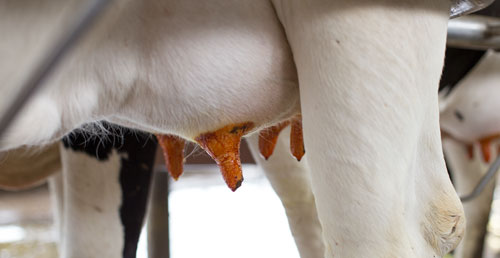
by Amanda Smith, Associate Editor
Mastitis treatment is one of the most prevalent uses of antibiotics on-farm. The purpose of administering an intramammary antibiotic is to kill bacteria. Before we make a decision to use an antibiotic, though, we need to have a diagnosis to support its use.
Despite our intentions to rid our cows of infection, 21 to 40 percent of milk cultures from cows with clinical mastitis are culture negative, noted Pam Ruegg, with the University of Wisconsin-Madison. If a sample is culture negative, it is hard to justify antibiotic use.
Additionally, antibiotic treatments will not benefit all cases of mastitis. The only way to tell if antibiotic use is indicated is to look at the cow's medical history and have a culture result that tells us an antibiotic is needed, added Ruegg.
She then highlighted the cows and cases that will not benefit from intervention:
- Chronic Staph. aureus: It is not useful to treat 90 percent or more of these cows.
- Mycoplasma bovis: There is no drug that will cure this infection.
- Cows with multiple infected quarters.
- Cases that are already culture negative when detected. The only exception is cows with a medical history indicating this may be a false negative.
- Bacteria that will not respond to available treatment: 15 to 20 percent of cases result from bacteria that our current drugs are not capable of treating. Most of the time, the cow's immune system will respond.
- Repeated previous treatment failures.
- Culture negative cows.
- Grade 1 and 2 E. coli: Most will spontaneously cure.








